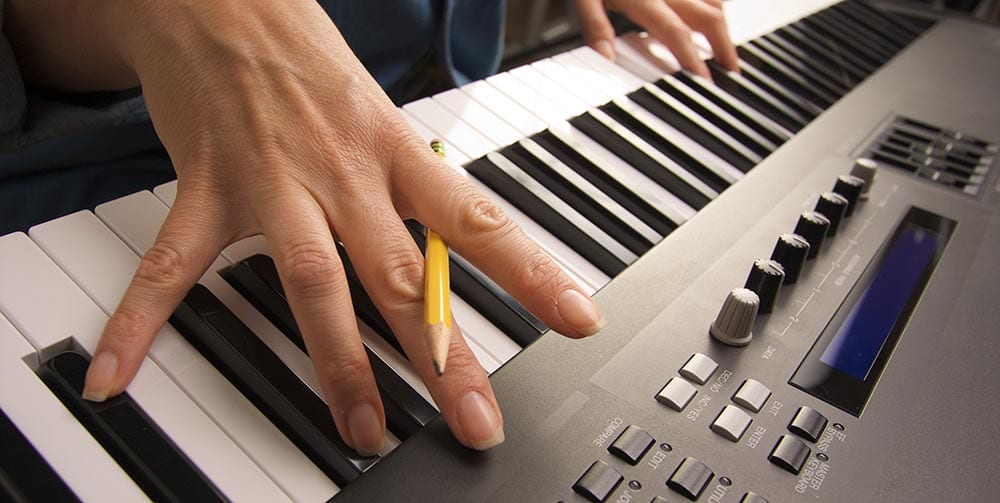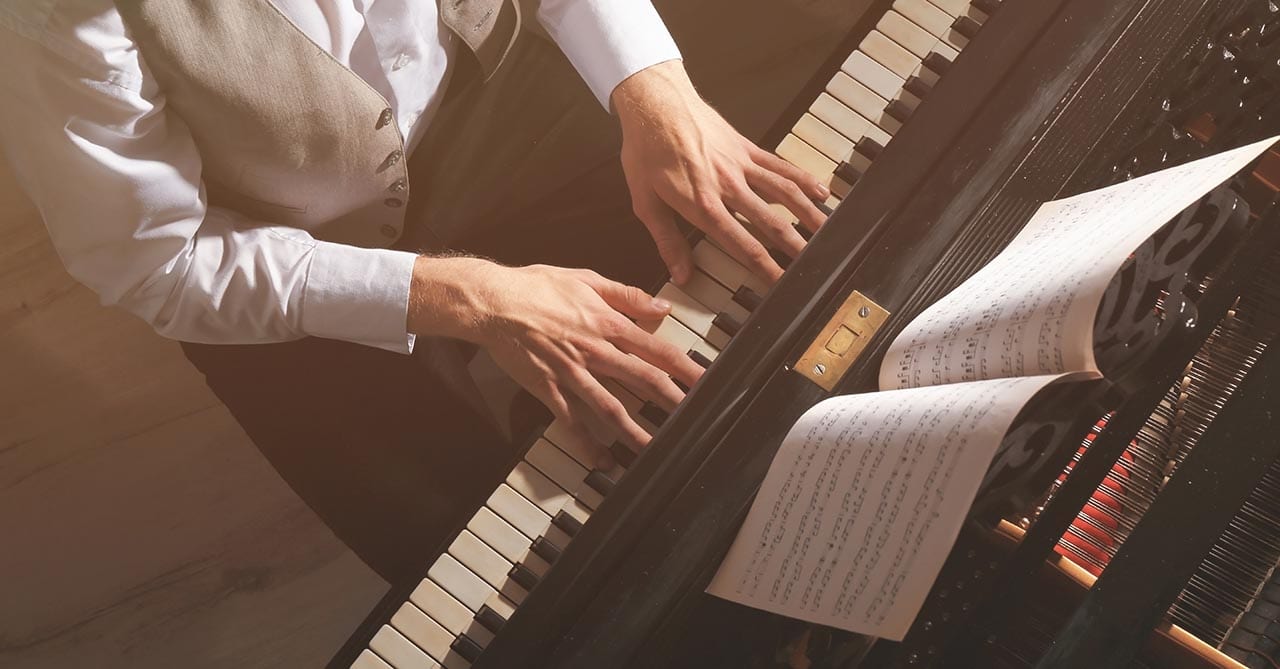The Anatomy of a Piano
Understanding what goes on inside a piano is a crucial first step to learning to play the piano. Understanding the intricacies of what you are playing music on will make your music come alive.
Although each brand of piano has slight differences, the majority of their characteristics are shared and include features such as:
Keyboard
Without a keyboard, a piano is not a piano. After all, it is pressing down on the keys on the keyboard that produces the piano melody.
Almost all pianos will have 88 keys, and in almost every piano they will be black and white.
The keyboard is so crucial to the piano that it inspired its name. Piano is a nickname for the instrument, with its full name being pianoforte, an Italian word, with piano meaning soft, and forte meaning loud, joined because piano players use a variety of soft and loud keys when playing.
Keys, Hammers, Strings
Underneath the keys lie the hammers and the strings, which are responsible for producing the melody. When you press down on a key, a small and soft hammer hits a string, which vibrates and creates the music that we hear and love.
Strings
Piano strings are made up of a special type of high-tempered wire and are sometimes covered with copper. Inside your piano, they come in singles and groups of twos and threes.
Single strings make a long, low noise, whereas groups of three make light and softer noises, and come in a larger group so that they won’t be drowned out by the heavier strings.
It is also said that the longer the string, the cleaner and more appealing the sound it creates will be, which is why professional piano players play on large, grand pianos.
Damper
To make sure that the music is clean and elegant, an item made of cloth, called the damper, also lies beneath the lid. It sits over the strings. When a key is pressed, the damper is lifted, unmuting the string and letting it play music. When you no longer press down on the key, the damper comes back down and covers the string, muting it from future vibrations.
This ensures that your strings are not all affected by you pressing down on one key.
Pedals
Every piano has three pedals, which control how loud or soft each note will be. The pedal on the left makes the melody softer, whereas the pedal in the middle makes the notes last longer by temporarily lifting the damper from the strings, as does the pedal on the right.
Lid
All of these parts are covered by a lid. On grand pianos, opening the lid makes the sound clearer and more vivid. On upright pianos, opening the lid makes a slight difference, but to achieve the same effect, experts recommend moving the piano slightly away from the wall so as not to muffle or dampen the music.
Questions?
All pianos are beautiful and elegant instruments. If you would be interested in purchasing a piano and playing it yourself, feel free to visit our showroom in Sydney or to contact us at The Pianoforte to find out more.



 March 11, 2018
March 11, 2018




